Impact of the Global Economic Recession
Indonesia is not as gloomy as the US or Europe, but there are so many uncertainties, so many things that we don't know about the future.
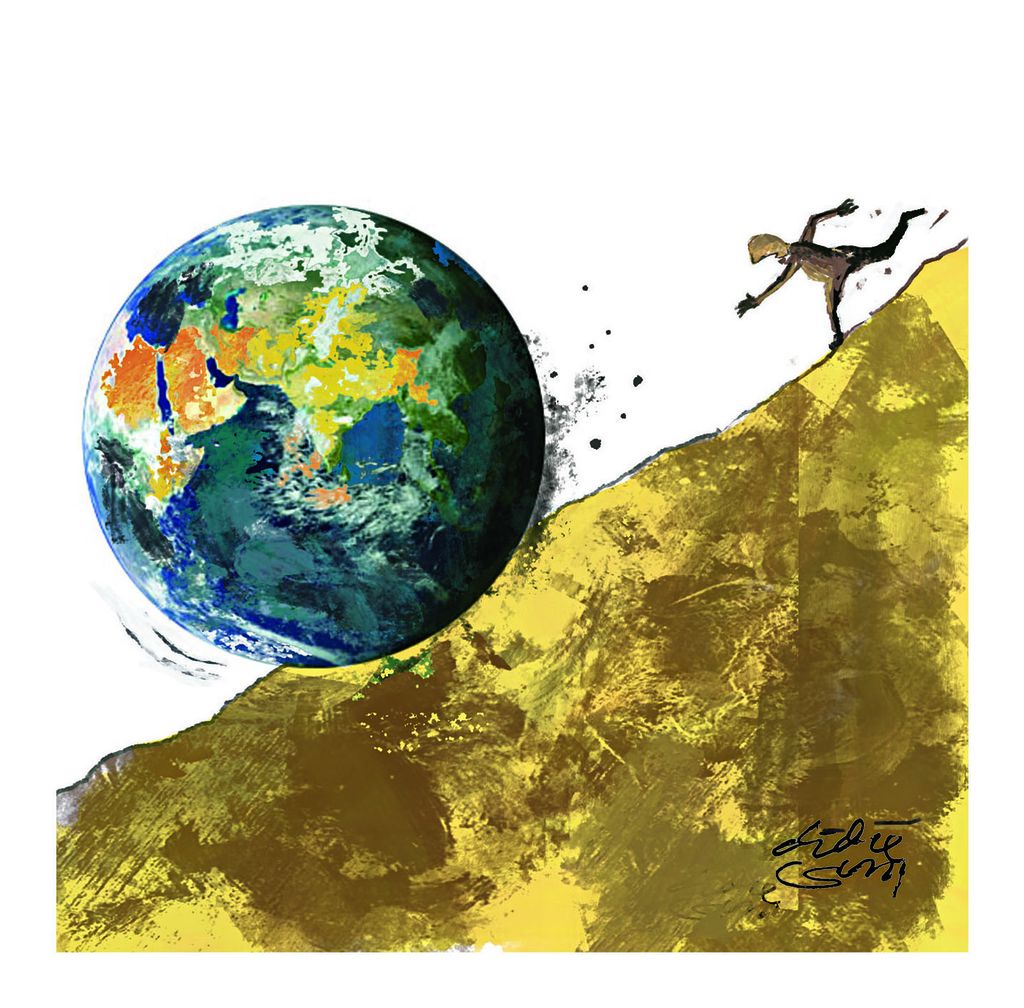
The room was quite silent. The only thing that could be heard was the sound of chalk on the blackboard. The man in front of the class was busy writing down math equations.
He was a bit chubby and his hair was not neatly combed. With a thick Australian accent, he explained the various econometric theorems (propositions) as he wrote. We were all silent, but did not really understand.
Some of us—at least me—pretended to be busy taking notes. Adrian Pagan is a big name in econometrics. He taught an econometrics class supported by his former student, Trevor Breusch, at the Australian National University (ANU) in Canberra, Australia, at that time. Previously, I only knew the latter from an econometrics textbook: the Breusch-Pagan test.
Also read:
> The Paradox of the Economic Performance
I don't know if I was lucky or not, taking a class from the world’s two top econometricians. However, what I remember from Pagan is a story about one of his thesis supervisors, Alban William Housego Phillips, who moved from the London School of Economics and taught at ANU in 1967. Phillips, who had served in the British Air Force, was imprisoned by the Japanese for three years in Batavia (Jakarta) and Bandung. Maybe that's why his interest in Asia was quite big.
Phillips Curve in US
Phillips’ name is reappearing these days. Economists, financial market participants and economic policymakers are again discussing his seminal studies. We know him with the terminology of the Phillips curve. Through the Phillips curve, he explains that there is a trade-off between unemployment and inflation in the short run.
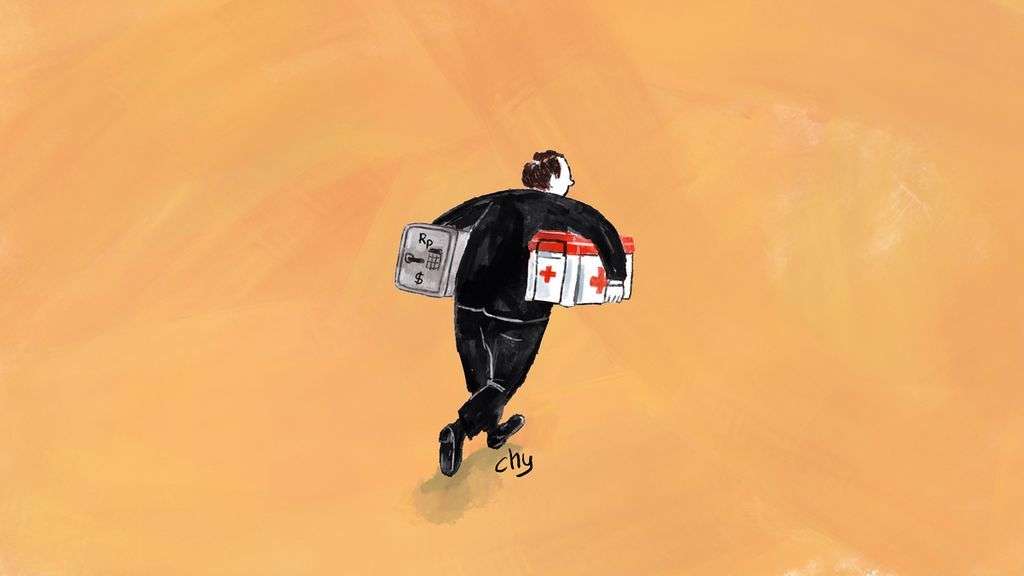
That is, in the short term, if the unemployment rate is low, inflation will be high and vice versa. I need to emphasize the short-term aspect because economists Milton Friedman and Edmund Phelps show, in the long-run, there is no trade-off between unemployment and inflation.
This concept requires quite complex quantitative calculations, but the logic behind it is simple. It's like this: in an economic situation that is experiencing growth due to increasing demand, the business world will expand. It will require additional manpower. The demand for labor will increase. The unemployment rate will decrease.
However an increase in the demand for labor will encourage an increase in the wage level. The increase in wages will push up prices (inflation) and this is the hallmark of an overheated economy. The
implication: in the short run, when unemployment decreases, the inflation rate will rise, and vice versa. This is the essence of the Phillips curve. The Phillips curve — in its modern version — shows that inflation will be influenced by inflation expectations, deviations from the unemployment rate from the non-accelerating inflation rate of unemployment (NAIRU) and supply shocks.
In the US, NAIRU is considered to be about 5 percent. If unemployment is below 5 percent, then inflation will increase due to an overheating economy, and if unemployment is above 5 percent, inflation will decrease.
The United States is now facing this situation. Unemployment is at its lowest level in 50 years (3.6 percent), but inflation is also the highest in 40 years. That's why, the Phillips curve is being discussed again. Larry Summers, professor of Economics at Harvard Kennedy School, has since 2021 warned of the risk of inflationary pressure due to an overheating economy. In the US, NAIRU is considered to be about 5 percent. If unemployment is below 5 percent, then inflation will increase due to an overheating economy, and if unemployment is above 5 percent, inflation will decrease.
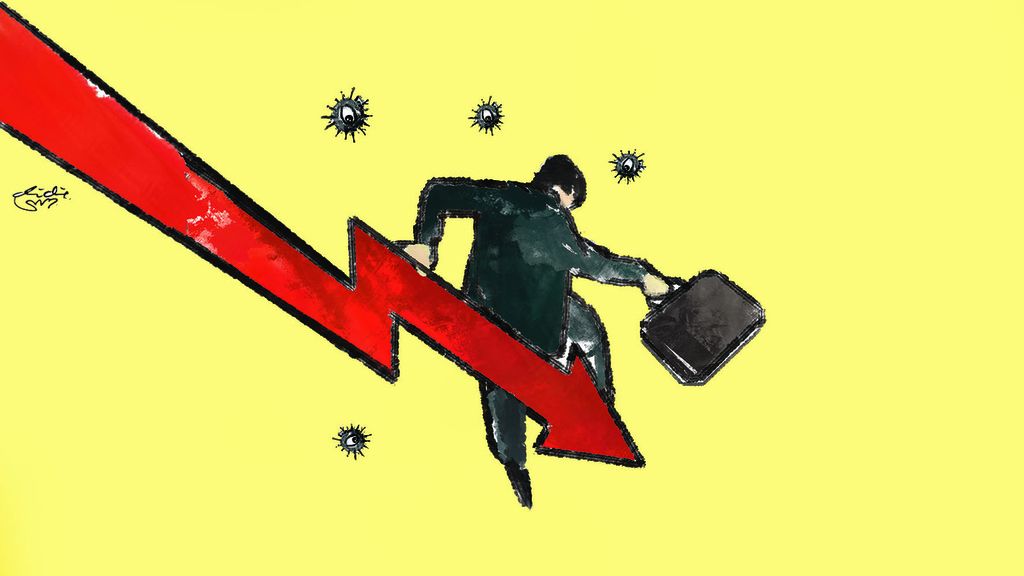
At a conference at the London School of Economics recently, Summers said: “We need five years of unemployment above 5 percent to contain inflation — in other words, we need two years of 7.5 percent unemployment or five years of 6 percent unemployment or one year of 10 percent unemployment.”
It is a disheartening statement. This means, according to Summers, the US needs an economic recession to overcome its inflation. No wonder he pushed the Fed to act aggressively in raising interest rates. An increase in interest will reduce demand, which will in turn lower inflation. Of course there must be sacrifices: economic growth. Summers is not alone.
That is why both Summers and Furman see the importance of dealing with inflation.
Another Harvard economist, Jason Furman, who was once the chairman of former-president Obama's Council of Economic Advisers, also pointed out that real wages had declined due to soaring inflation. The best way to increase the actual wage is not to increase nominal wages, but to reduce inflation. That is why both Summers and Furman see the importance of dealing with inflation.
Implications for Indonesia
So what are the implications for Indonesia? What should the government and Bank Indonesia (BI) do? There are a few things to note. First, economic growth in the US has contracted in the last two quarters. That is, technically, the US is entering a recession. However, it should be noted, the contraction has decreased. Therefore, we have to wait for growth in the third quarter. If Summers is right, that the US needs unemployment rate above 5 percent for five years, we will see a global economic slowdown. A recession in the US will reduce the demand for imported goods in the US.
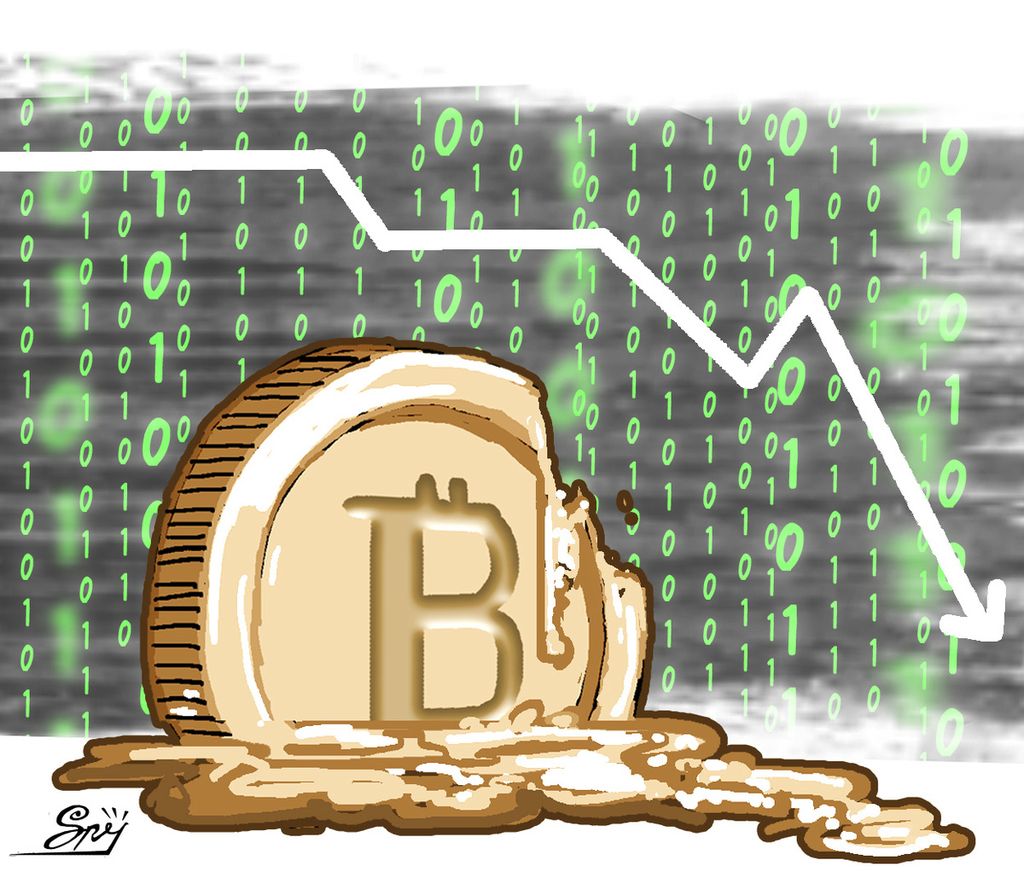
The implication is that exports to the US, both from Europe, China and developing countries, including Indonesia, will slow down. Predictably, the slowdown in exports will slow down economic growth in several countries, including China. China plays an important role for Indonesia because the demand for energy and commodities mostly comes from China. If China's growth slows, demand for energy and commodities will decline, prices will also decline. We note: the threat of a recession reduces demand for energy, including crude oil.
The fall in oil prices has resulted in a decrease in demand for biofuels; as a result we are starting to see the price of palm oil drop sharply. Of course, it should be noted; on the other hand, the Ukraine war has an impact on rising energy and commodity prices. There are two forces of attraction here. Ultimately, energy and commodity prices will be determined by the net impact of falling prices — due to the recession — and rising prices from the Ukraine war. If the global economic slowdown, especially in China occurs, Indonesia must be prepared to anticipate a decline in exports. This means that there is a risk that one of our growth engines will be disrupted.
Second, in the situation where exports are disrupted, Indonesia must rely on domestic sources of growth. The problem is not easy. Why? We may face both fiscal and monetary contractions at the same time. From the monetary side, we see inflation creeping up. Statistics Indonesia (BPS) just announced that inflation reached 4.94 percent (July 2022), higher than BI's target. This figure is actually relatively low compared with that in many other countries such as the US. However, we need to note: the producer price index (PPI) had reached 9.06 percent in the first quarter of 2022.
What producers should do is reduce profit margins. However, it will not last long.
It means that although production costs have increased, producers have not fully passed the additional costs on consumers, because the purchasing power is still relatively weak. What producers should do is reduce profit margins. However, it will not last long.
Sooner or later, the price has to be raised. This is what is called an inflation overhang. Market participants are aware that with the PPI much higher than the CPI, inflation at the consumer level will also increase in the future, as will core inflation. It means that inflation expectations will increase. Monetary policy is heavily influenced by inflation expectations. In this situation, BI is faced with a difficult dilemma.
If BI is late in raising the interest rate (behind the curve), perhaps BI can overcome this delay by aggressively raising interest rates next year. But we can imagine if this were to happen, the combination of a tightening of the minimum reserve requirement (GWM) and a sharp increase in interest rates would hit investments. In fact, tightening the reserve requirement would indirectly raise interest rates without BI increasing the policy rate.
Tightening the reserve requirement would suppress liquidity. For large-scale banks, the liquidity space may still be rather spacious. However, for relatively small-scale banks, tightening liquidity will force them to mobilize funds. The trick is to raise interest. So, even if BI did not increase the BI rate, I would not be surprised if small banks started to raise interest rates. An alternative policy for BI is to carry out forward guidance on tightening the monetary cycle by raising interest rates. This is needed to anchor inflation expectations. However, there is something to be sacrificed: economic growth this year.
Third, from the fiscal side: we see that the State Budget for the first half of 2022 actually experienced a surplus, or pro-cycle because of the windfall income resulting from rising energy and commodity prices. The question is whether this windfall can be used for counter-cycles.
As I wrote in this daily (2/6/2022), rising food prices can cause vulnerable groups to fall into poverty. Fiscal policy priority should be given to helping the vulnerable. What if the windfall income is used to cover fuel and electricity subsidies?
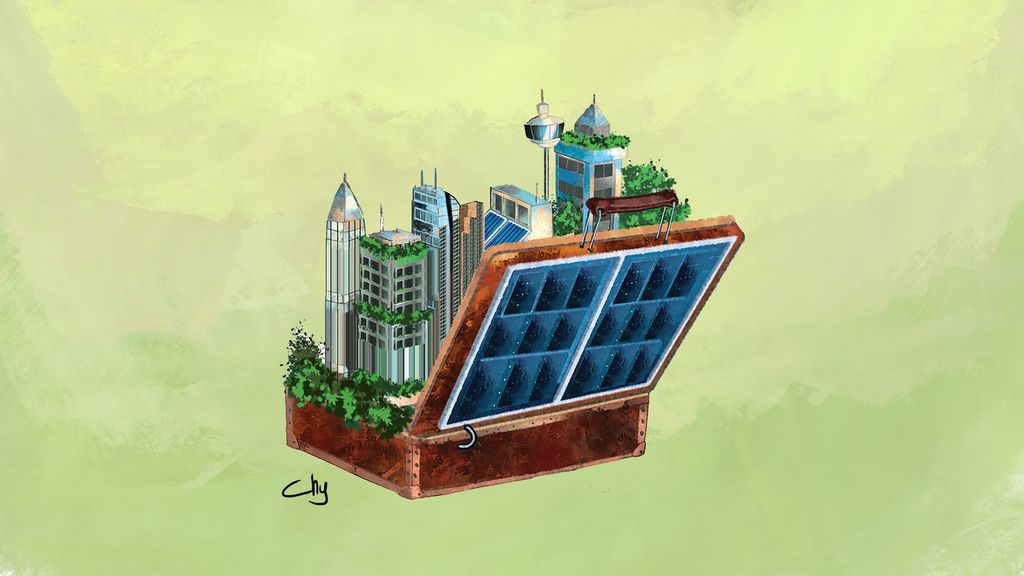
Here we have to be careful. One day, the commodity and energy boom will end. However, subsidies for fuel and electricity—as opposed to cash transfers (BLT), which are temporary in nature—are politically difficult to remove. It is true that the burden of subsidies will decrease when the natural resources boom ends. However, it means that there will be a decline in spending as the result of the decline in state revenues. It is procyclical. Fiscal space remains unchanged, and the capacity to drive growth is limited.
It means that the government must cut productive expenditures, carry out a fiscal contraction, and at the same time BI must also raise interest rates due to inflationary pressures.
On the other hand, we know that state revenue is volatile if it comes from natural resources. On the other hand, spending tends to be stable or increasing. This means that when revenues fall and spending remains constant, the fiscal deficit will increase. In fact, we want to reduce the budget deficit limit back to 3 percent of GDP in 2023. It means that the government must cut productive expenditures, carry out a fiscal contraction, and at the same time BI must also raise interest rates due to inflationary pressures.
Slow growth
With this picture we see that domestic sources of growth, such as investment and government spending, will also slow down. If the external and internal growth engines slow down, Indonesia's economic growth will also slow down.
Are we going into a recession? I don't think so. However, growth will slow down. We can't be careless. Our ammunition is limited. Therefore, policy priorities are important. You can't do everything. In this case, the windfall from commodities and energy must be utilized as well as possible. This additional income must be allocated for development that is inclusive and targeted at sectors that have a large impact on economic growth.
Indonesia is not as gloomy as the US or Europe, but there are so many uncertainties, so many things that we don't know about the future. It is good to remember what economist Paul Samuelson said: “What we know about the global financial crisis is that we don't know very much.”
/https%3A%2F%2Fasset.kgnewsroom.com%2Fphoto%2Fpre%2F2018%2F05%2F24%2Fe1d28365-e9a1-4e32-8f36-0307d399cad0_jpg.jpg)
Muhamad Chatib Basri
Muhamad Chatib Basri,Lecturer at the School of Economics and Business, University of Indonesia.
(The article was translated by Hendarsyah Tarmizi)